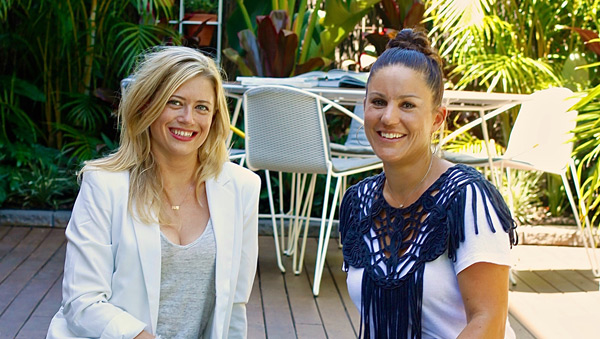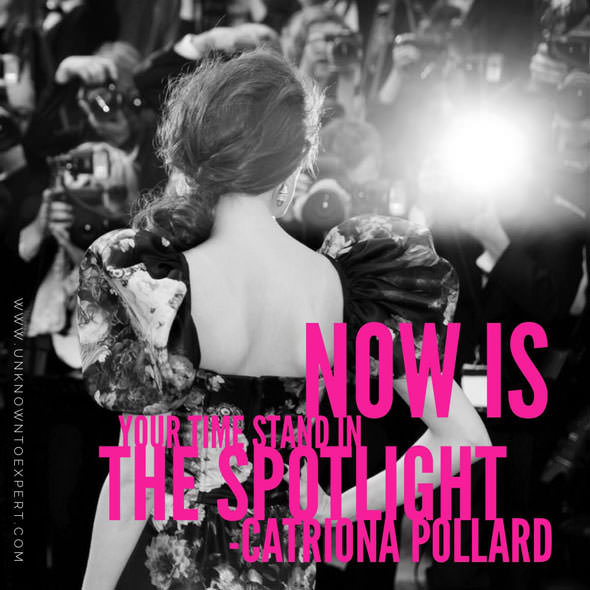Videos are the best way to engage with your audience in today’s online world. It has never been easier to create videos and share them to the world, and, specifically, to your audience.
Businesses who use video are perceived to be more engaged with their audience – it’s a short cut to building rapport with your current and prospective customers.
But how do you get into the habit of being a prolific video creator? Here are 5 ways to easily generate video content to enhance your brand.
1. Make it easy and replicable
Firstly, you need an easy process for creating videos. The more complicated you make this, the more of a burden it will become, and the less likely it will be that you will bother. It needs to be easy to set up and quick to do.
Unless you have a spare few thousands of dollars lying around, make use of the surprisingly effective recording device you carry around with you – your mobile phone. With reasonable lighting conditions, your phone can produce quality videos with little fuss. You can pick up a simple stand for the phone or use a selfie stick (but don’t hold it – attach it to something).
2. Get the audio and vision right
You’ll be more inclined to share your videos if they look and sound okay. The first and essential item is a microphone. You can get a good quality phone lapel microphone for $50. Viewers will forgive poor vision, but not poor sound. Don’t rely on the inbuilt microphone. You will sound distant and amateur.
You should also find a spot that has some decent lighting. It can be sunshine, or just a well-lit room. Bouncing bright lights off a wall or the ceiling will soften the impact and diminish harsh shadows. But once again, keep it simple. The easier it is to do, the more likely it will be for you to maintain the momentum.
3. Streamline your systems
There are a few elements you can create once, and re-use for consistency and branding. For $5 on Fiverr.com, you can commission an animated logothat will immediately give your videos a professional look.
Keep any intros short – no more than 3 or 4 seconds. Your audience is there to be informed by your content, they shouldn’t have to endure a long opening that is just to promote your brand.
Also you can find royalty free music on YouTube and iTunes that you can use for your video openers.
4. Learn some new skills
Invest an hour or two in getting your head around the editing software that comes free with your computer. On a PC there is Movie Maker and iMovie is on a Mac. Editing is actually quite fun, although it does tend to take longer than you’d think.
As the business world embraces video production, you will need to be creating content to compete. It is worth taking a couple of hours to get your head around the software so you can easily create, edit and share videos for your audience.
If all else fails, find a secondary school kid (got any lying around the house?). They’ll be able to show you what to do!
5. Look out for topics to generate
You will have moments of creative proliferation. The ideas will come thick and fast and you will be able to record those videos easily. Of course, there will be other times when you’re busy, tired and the ideas just aren’t flowing. Keep looking for ideas. Jot them down on a note in your phone so you can check in on topics when you are stuck.
You should also build up a library of content that you have in store to release during the busy periods. You can add them to your YouTube channel as unlisted files and then make them public at the appropriate time.
Video is not going to go away. It is here to stay and it is one of the most effective ways to connect and engage with your audience. The sooner you embrace the sooner you can benefit from its power.
You can check out some technical mistakes to avoid here
Featured image via Geoff Anderson
Geoff Anderson is the Managing Director at Sonic Sight a Sydney based video production facility; author of Amazon Bestseller “Shoot Me Now – making videos to boost business” and a presenter on using video for business. He has been working in TV and Events production for over 20 years. Connect with him on Twitter, Facebook, and LinkedIn.











 About the author
About the author